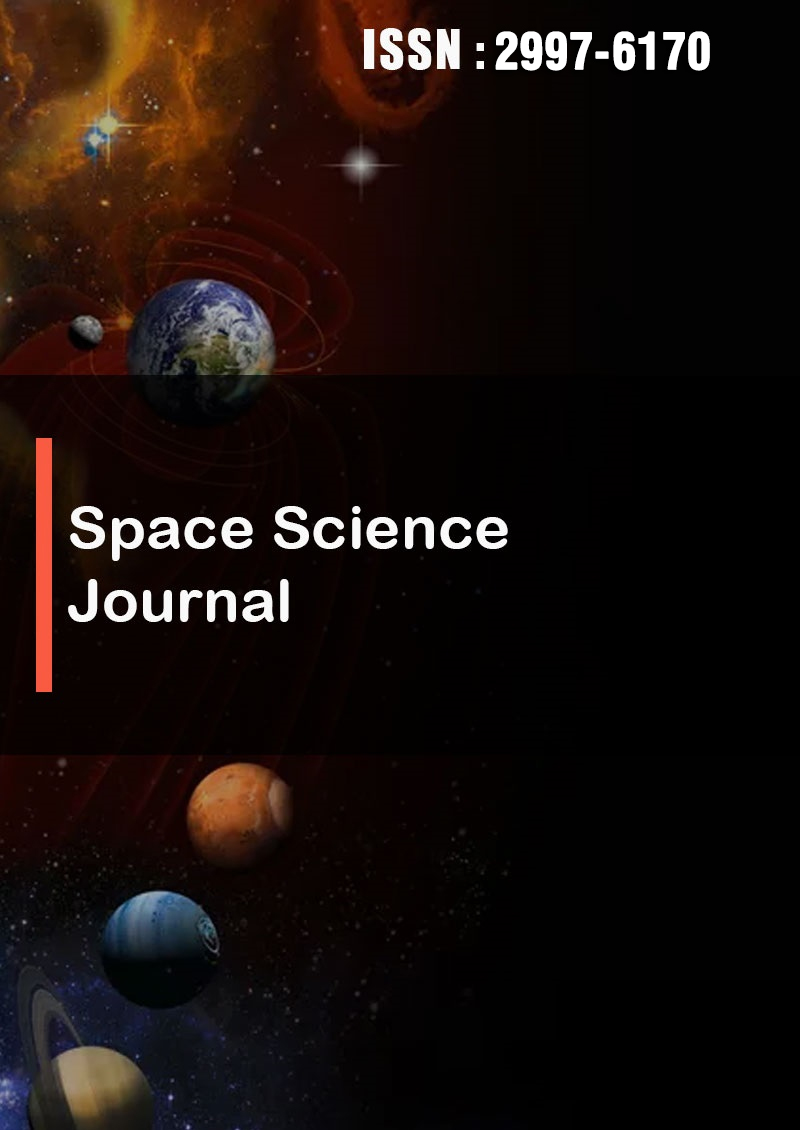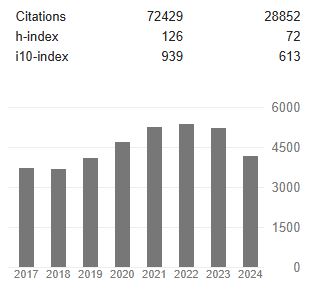Mesoscale and Large-Eddy Simulation of the Boundary Layer Process of Cumulus Development over Naqu, Tibetan Plateau Part A: Comparison Between Simulation and Observation
Abstract
B. Kpaikpai, J. Sun, J. Zhu, M. Banna, F. K. Ogou, F. Vuguziga and D. Ntwali
Cumulus clouds are of great interest in numerical weather prediction. However, the scarcity of observed data on the Tibetan Plateau (TP) has not allowed a correct interpretation of their development. The Third TP Atmospheric Science Experiment provided experimental data to address this challenge. The objective of this study was to ascertain the effective utilization of observation-nudging techniques for the implementation of combined weather research and forecasting large-eddy simulation (WRF-LES) for further experimental designs. This study simulated cumulus clouds over southern TP on July 19, 2014, using the WRF-LES model and final reanalysis data from the Global Forecast System. We applied observation nudging and one-way nesting strategies to influence the optimality of WRF-LES runs. The study performed simulations with six different scenarios in comparison with observational data. The findings demonstrated that, despite being locally initiated and growing upscale, cumulus clouds were nonetheless subject to large-scale forcing. Simulations with observation nudging produced more accurate and trustworthy results than simulations without nudging when compared to observations. While the observed time series were misleading, LES with mesoscale forcing produced a microphysical evolution that was consistent with the observations and an accurate water vapor profile. Without mesoscale forcing, LES provided the best ABL water vapor and sensible heat flux; however, it failed to provide a good microphysics field. In this aspect, large-scale forcing played an important role in cumulus development during the model experiment. The study recommended focusing on the model's response to the boundary conditions to improve the application of one-way nesting in separate iterations and observational nudging techniques.




